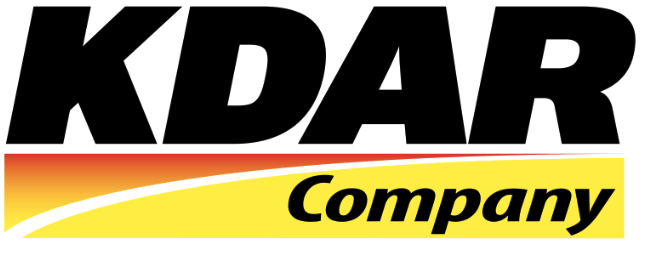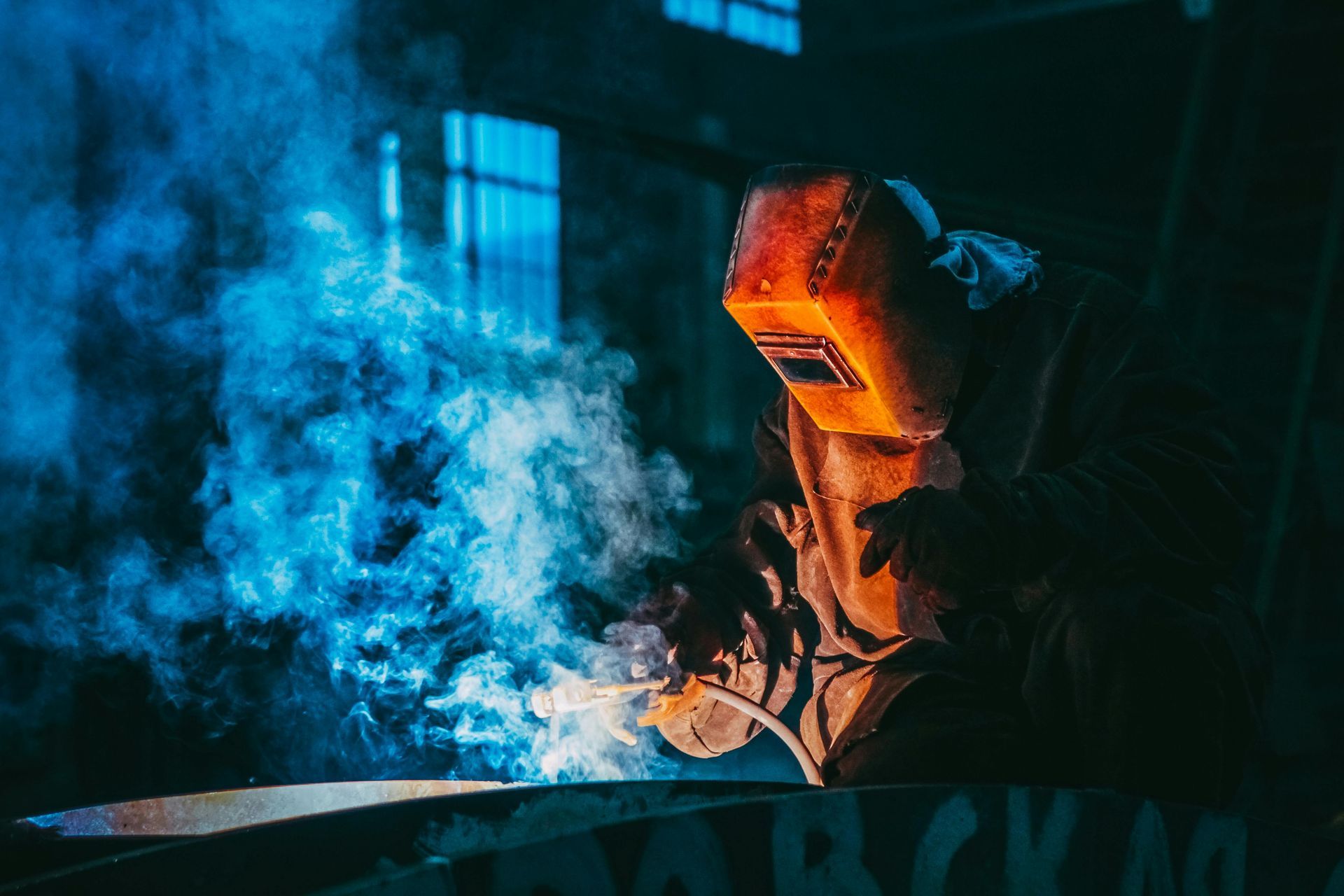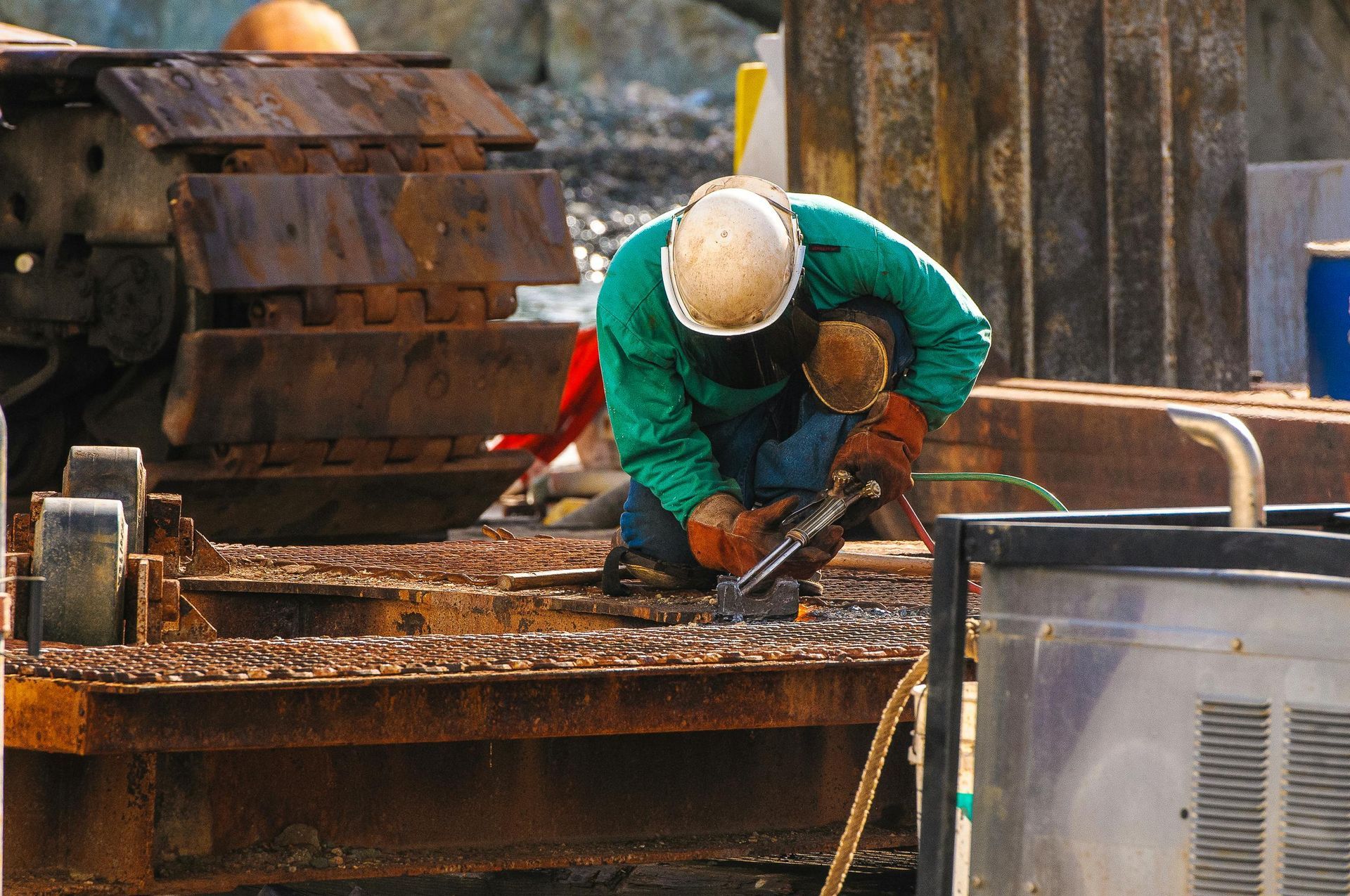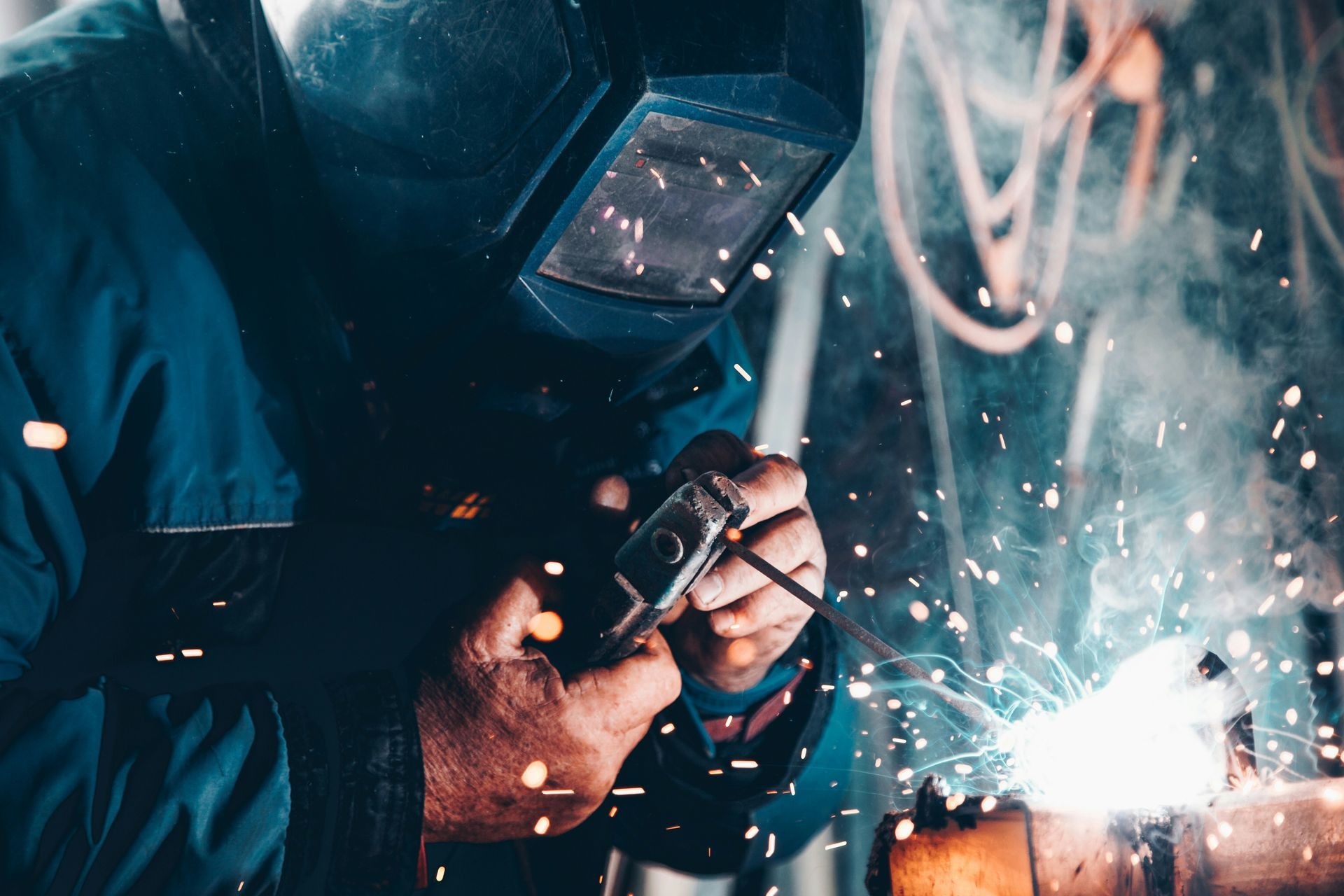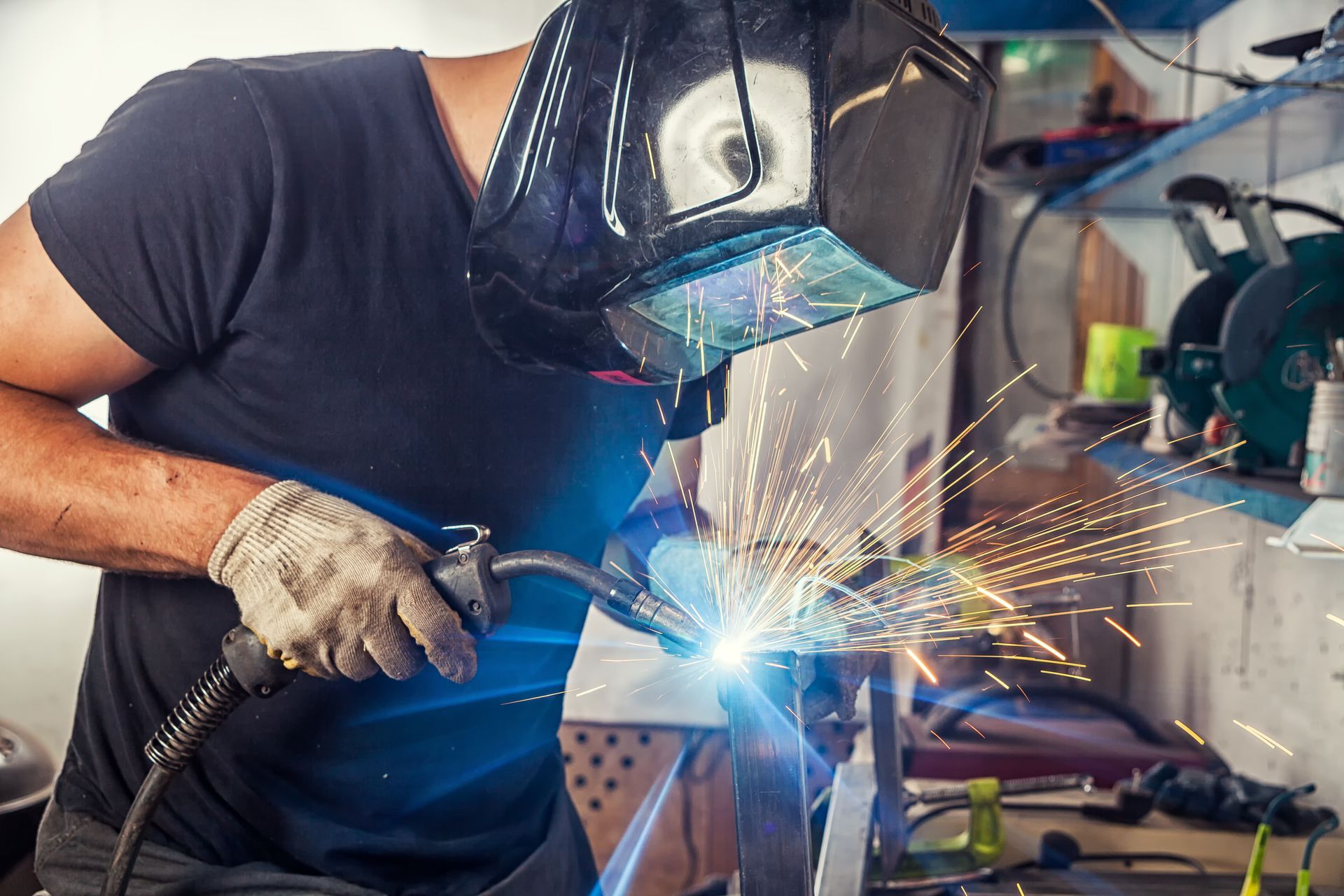Types of Cable Ties and Their Uses
December 21, 2022
Cable ties are one of the most versatile and useful tools out there. Depending on the industry you work in, you may not be familiar with certain types of capabilities of cable ties, but chances are there are types of ties that can help you with your projects. Even if you are familiar with cable ties and know which type to order for your job, it can still help to learn about the different types of ties so that you know which ties to use for future tasks.
Standard Ties
Standard cable ties, also called zip ties, are often made of nylon. They have an opening called a "pawl," which slides along the "teeth" of the tie and acts as a ratchet to tighten the fit of the tie around a bundle of items. Standard ties can be used around a house to keep bundles of electric cords together or to attach one item to another. Standard cable ties are often used in consumer goods to avoid theft, such as bundling cutlery together in a boxed silverware set. Standard ties can often come in various colors to color-coordinate categories of items.
Reusable Ties
As inventive and useful as cable ties are, many standard cable ties aren't built to last more than one or two uses, and people often cut them loose with scissors or a knife. Reusable ties are great for bundling items that need to be packed and unpacked frequently. These ties have a release mechanism either at the pawl or elsewhere on the tie that allows the user to press down and release the tension on the tie, loosening it. Then, once the items are ready to be bundled again, the tie can be reused. These reusable ties are often more expensive and take longer to release than cutting a standard tie, so they may not be the best fit for certain jobs.
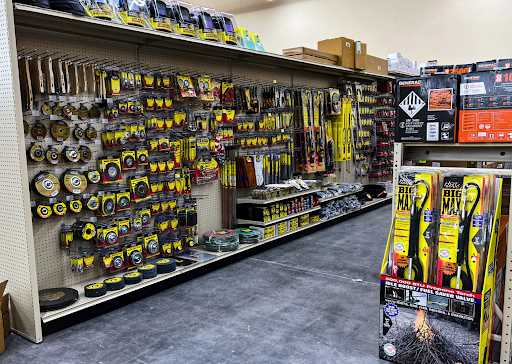
Double-Headed Ties
You may consider buying double-headed cable ties if you use two cable ties to separate sections within a bundle. These ties have a larger pawl which has two openings in it. The tie has two "heads," which is the pointed end of the tie, and both heads can lock into the pawl for tightening. These ties could be helpful for wiring that needs to be separated into two bundles but remain close to each other.
Screw Mount Ties
Some cable ties mount something onto something else, such as fastening an item onto wood or metal paneling. In these cases, the tensile strength (strength of the cable tie, measured in newtons or pounds) can be reinforced with a push or a screw mount. Screw mount ties function like a standard tie – the screw mount is a ring of material usually right above the pawl that can fit around a screw. The user can screw the cable tie on and off where it is fastened.
Frosty Ties™
Since cable ties are used in so many settings, some companies manufacture cable ties that can withstand the elements. The Frosty Ties™ brand makes cable ties that can keep bundles together in sub-zero temperatures without getting brittle. This product is a great choice for anyone working in frozen food handling, outdoor winter tasks, or even in a lab. These ties can also withstand higher UV levels and have a higher moisture content to keep them flexible in frigid temperatures.
Stainless Steel Ties
While the standard nylon cable ties work for many jobs, some require different materials. Stainless steel cable ties are better than nylon for jobs in high-temperature environments. When nylon could melt into the bundle, stainless steel can withstand the heat and be radiation and vibration-resistant. Stainless steel ties are also high in strength. However, users should take extra care when handling stainless steel ties and not cut themselves.
Metal-Detectable Ties
Food processing and handling is an industry where cable ties are used frequently. During quality control and other tests, the food can be tested for discrepancies like certain metals. People in this industry can use metal-detectable cable ties to bundle items together since the metal is spread throughout the tie. These ties are typically nylon 6/6 and are also very strong.
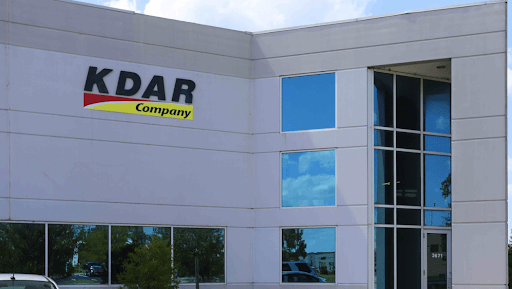
Other Tools
Although cable ties are extremely versatile on their own, other tools can come in handy when working with ties. Tension tie tools can both adjust the tension and cut nylon ties. An economy tension tool can cut 18 to 50-lb nylon ties and is useful for repetitive installation jobs or hard-to-reach spots. An intermediate tension tool can cut 18 to 175-lb nylon ties, which is helpful for someone with heavy-duty jobs such as an HVAC installer.
KDAR Company, Your Go-To Wholesaler
Believe it or not, this guide begins the cable tie market. If you are wanting to learn more, discuss a project, or look for a wholesale cable tie supplier, our team at KDAR Company would love to hear from you. We carry the U.S. Cable Ties™ and ProTie™ brands and many other products outside of cable ties. Let's get in touch!
